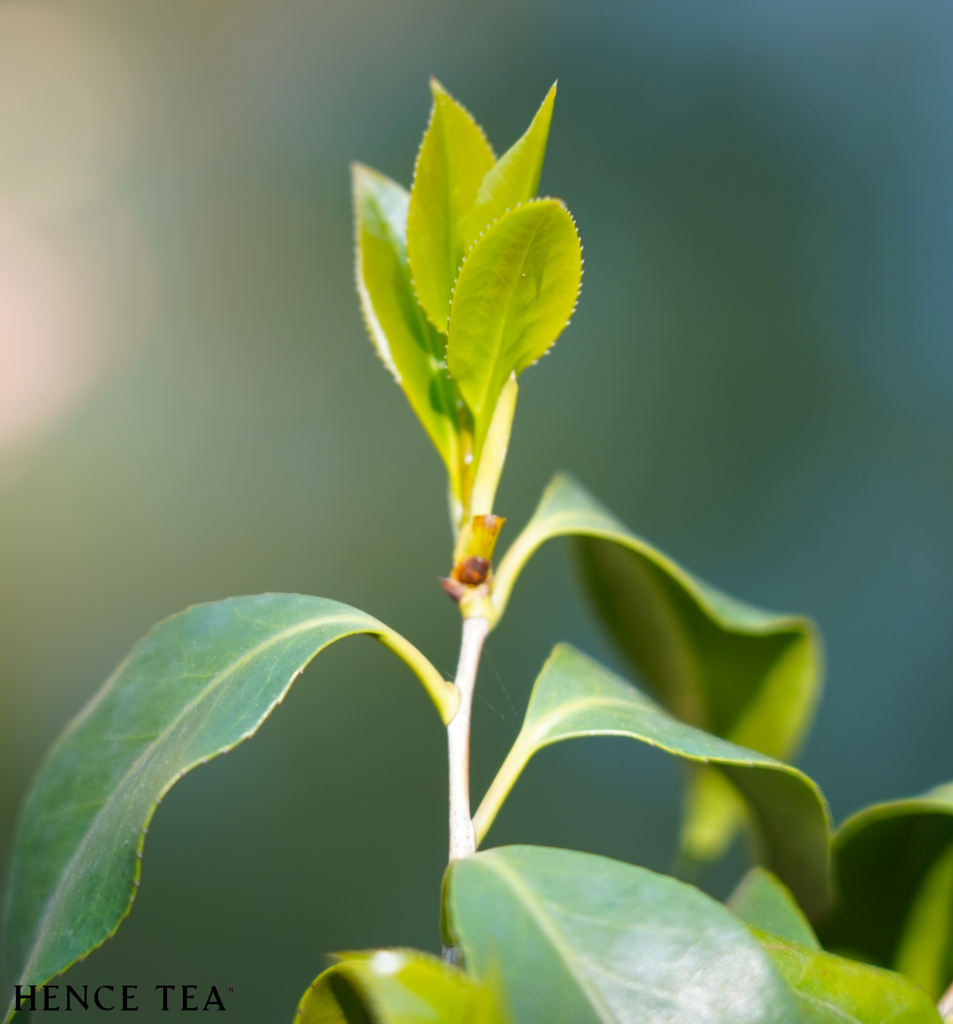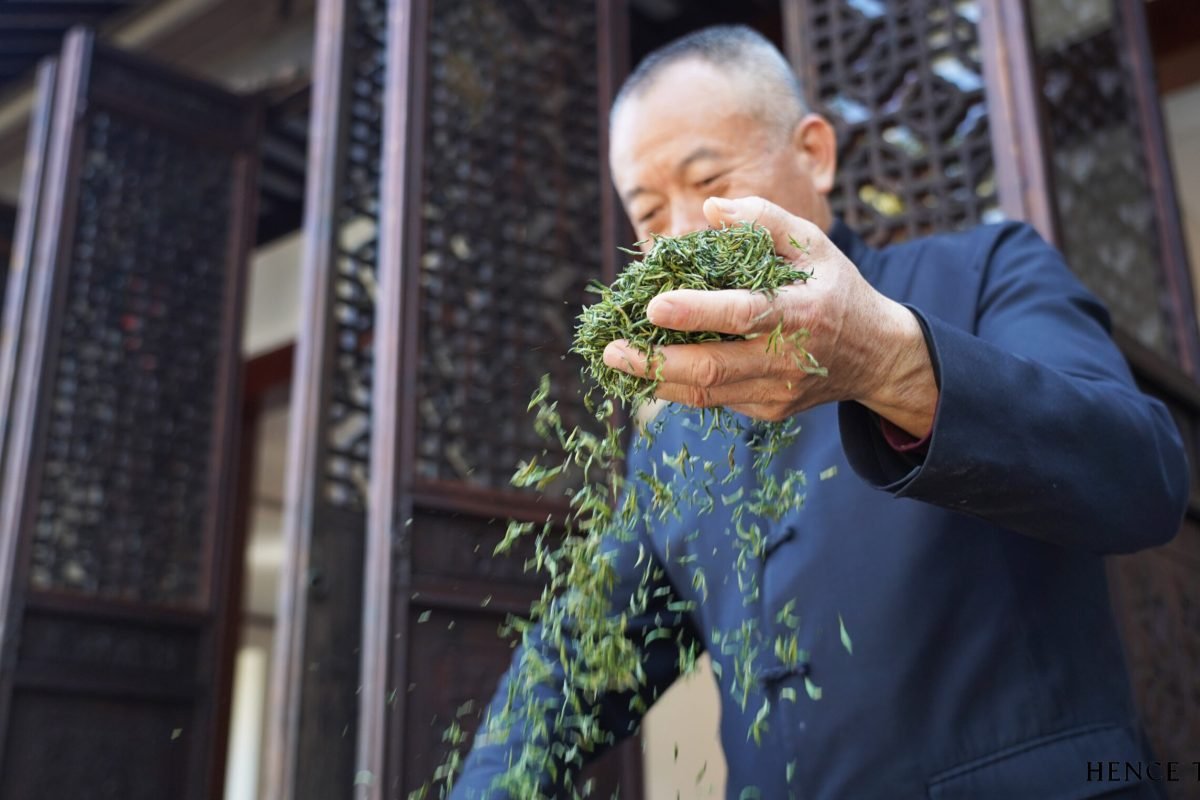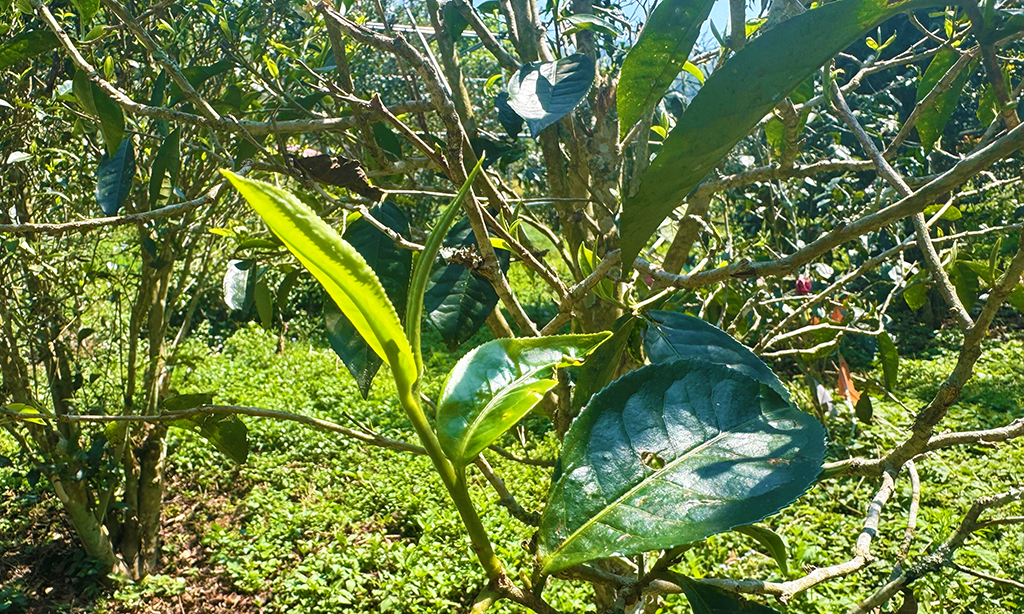Embark on a journey through the verdant hills of China and discover the delicate process of crafting Biluochun, one of the country’s finest green teas, known for its subtle aroma and exquisite flavor.
The Birth of Biluochun
Our story begins in the lush, mist-covered plantations, where the freshest and youngest tea leaves are handpicked with precision. Only the tender shoots, comprising one bud with one or two leaves, are chosen in the early spring, ensuring the highest quality for Biluochun production.

The Art of Shaping
After picking, the leaves undergo a meticulous withering process, which reduces moisture and makes the leaves pliable for the next stage. The Biluochun leaves are then skillfully hand-rolled; this crucial step involves twisting the leaves in a traditional motion, giving them their signature spiral shape which resembles a snail’s shell. This rolling also helps in the breakdown of the cells, enhancing the tea’s natural flavors.
Pan-Firing Perfection
The rolled leaves are then pan-fired, a traditional Chinese method of halting oxidation. In this stage, the tea master’s experience shines as they constantly stir the leaves in a large wok, carefully controlling the temperature to prevent overcooking, which would diminish the tea’s vibrant green hue and fresh, floral notes.

The Final Touch
Finally, the dried Biluochun is ready. With a rich, fragrant aroma and a delicate, clean taste with hints of fruitiness, it stands as a testament to the art of tea making. When infused, the leaves unfurl gracefully, offering a pale green liquor that is as pleasing to the eye as it is to the palate.
Enjoying a cup of Biluochun is not merely drinking tea; it’s an appreciation of the craftsmanship that brings forth the tea’s character, from the careful picking of leaves to the final, satisfying sip.









